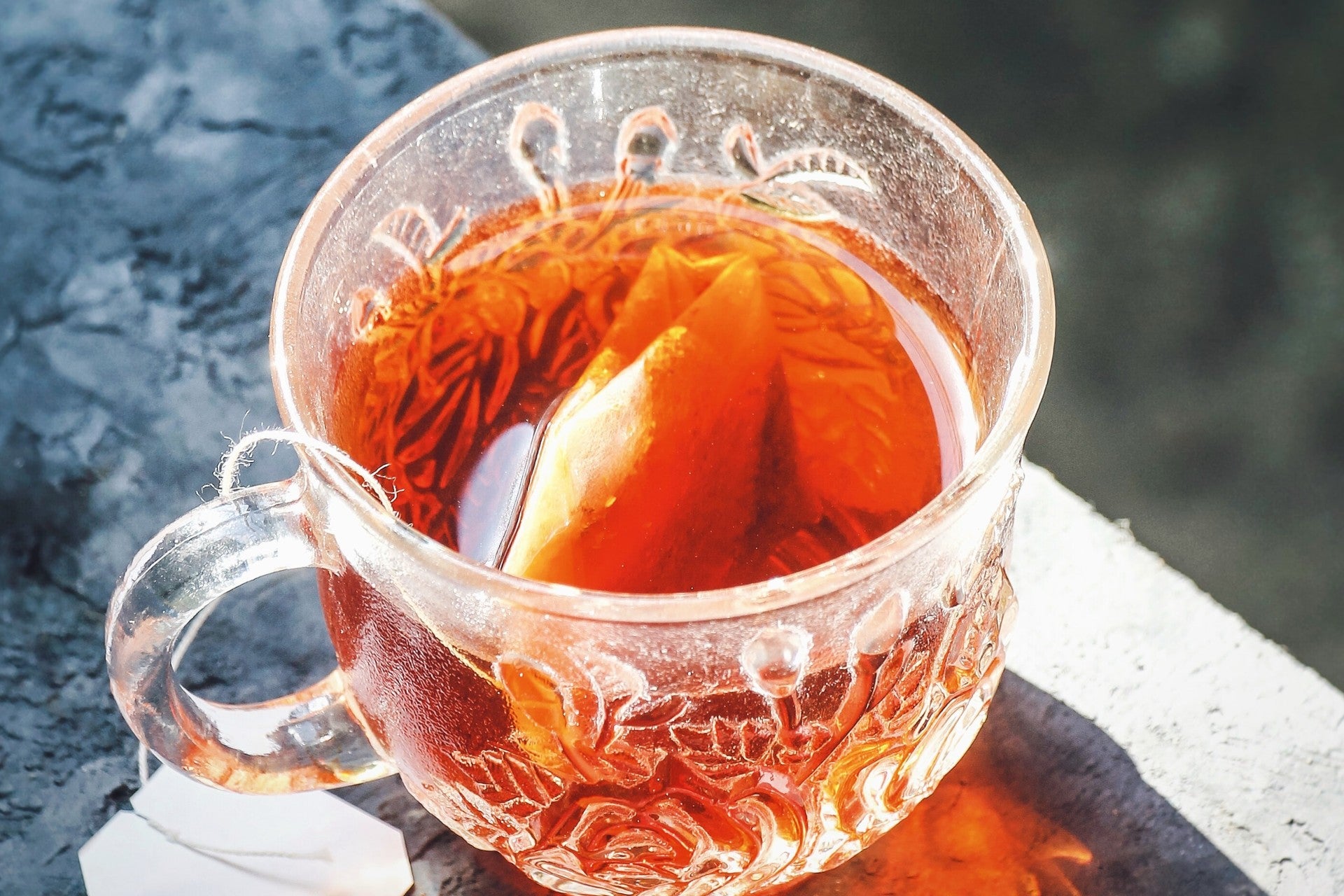Tea, one of the most widely consumed beverages in the world, is an important part of daily life and culture in many countries globally. With origins in South East Asia, it has been traded for millennia and adopted by cultures in the West, China, India and many more.
Tea is made by steeping the leaves of two principal plants, the small-leaved China plant (C. sinensis variety sinensis) and the large-leaved Assam plant (C. sinensis variety assamica), in freshly boiled water. It can be consumed hot or cold, with added milk or fruit juice, with sugar or without.
There are over 3000 different varieties of tea, each with its own characteristics, chemical compositions and flavour profiles. Much like wine, each tea is an expression of the territory in which it is grown and carries significance for the people who consume it. Here are a few of the most popular types of tea and their characteristics.






















